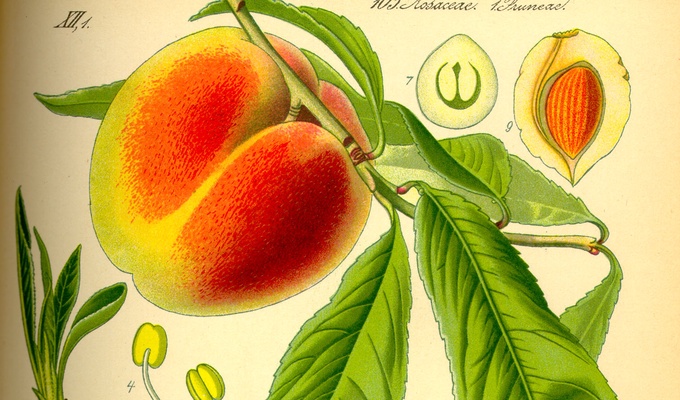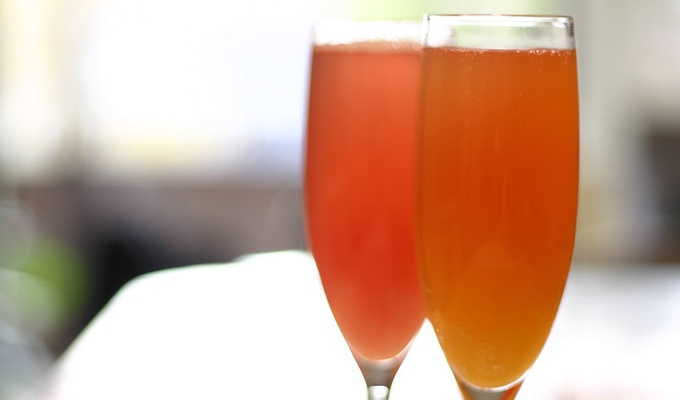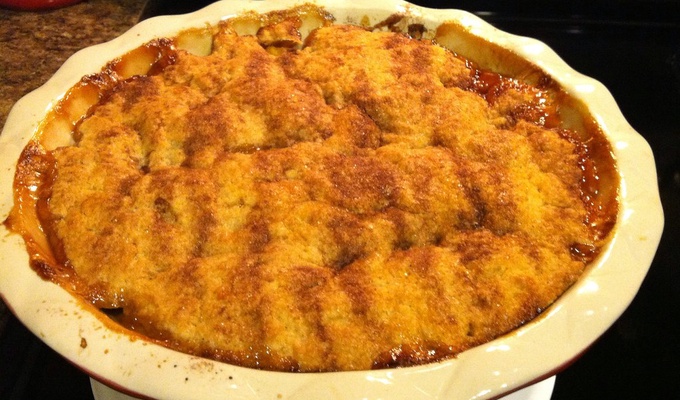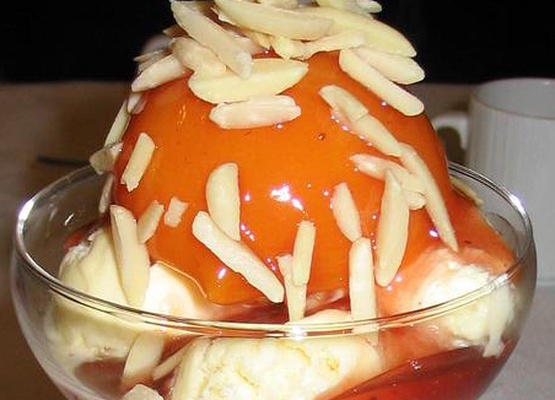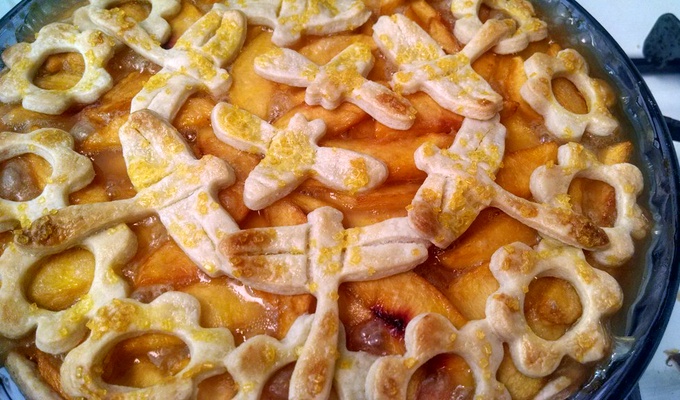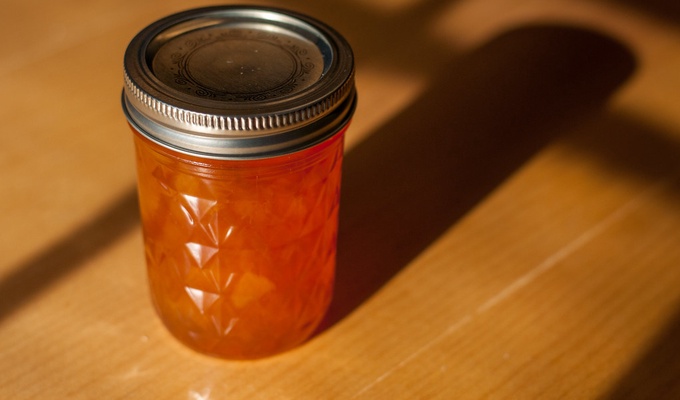The peach is the fruit of the peach tree, Prunus persica. The fruits are aromatic and juicy, with yellow, orange or white flesh around a central pit. In some cultivars, the fruit grows with a fuzzy skin, while in others, the skin is smooth. While these are the same species, the smooth-skin fruits are marketed as nectarines while the fuzzy fruits are sold as peaches.
The persica family includes a number of closely related fruit trees, including cherry, apricot, almond, and plum. The peach tree is most closely related to the almond, and the hulled seed of the peach tree is quite similar to that nut.
Peaches are classified as clingstone or freestone based on whether the flesh of the fruit adheres to the pit (or stone). They are also classified as yellow or white. Typically, white flesh peaches are bred for very low acidity, while yellow peaches are bred to have a bit more tartness. In commercial descriptions of breeds, the low-acid fruits are typically called sub-acid.
Flat, or donut peaches, are a breed that has a notably shorter fruit.
Word origins
The word "peach" is derived from the place name Persia, from an early European belief that peaches were native to Persia (modern Iran). In ancient Rome, peaches were known as mālum Persicum, "Persian apple," translating Greek Persikon malon. This became Old French pesche ("peach", "peach tree") and entered English as peche or peoche by c. 1400.
